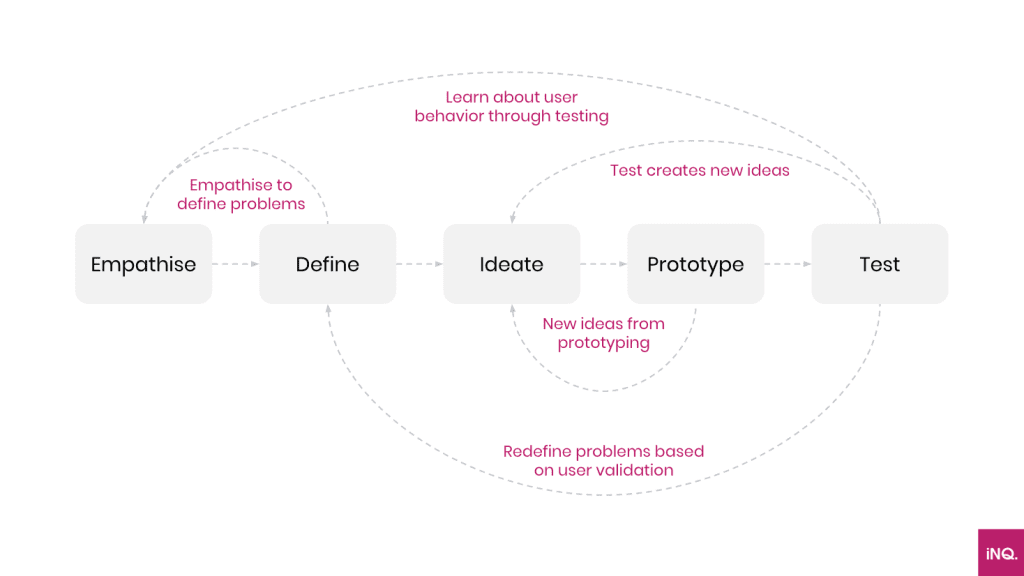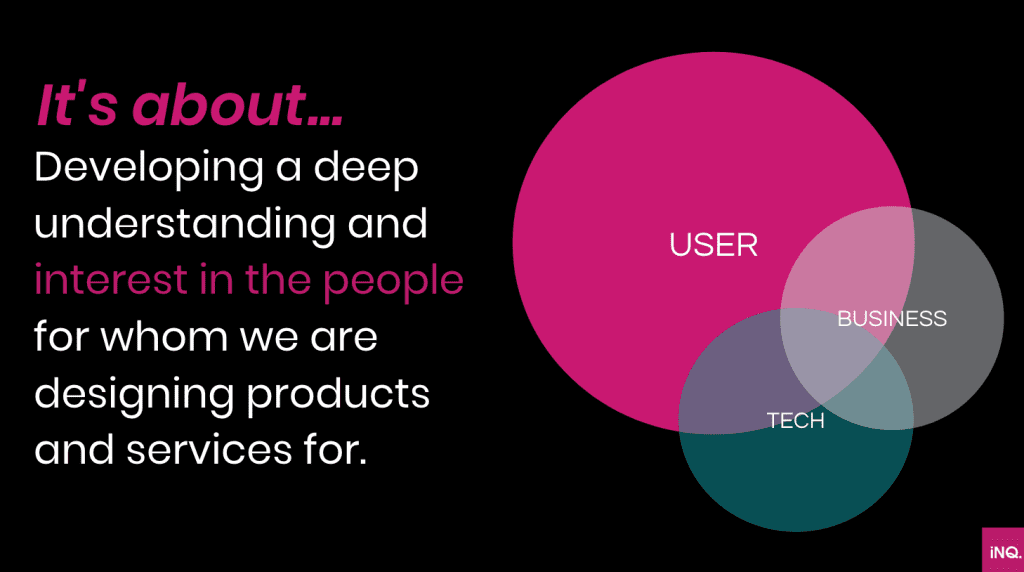
As the world becomes increasingly complex and unpredictable, businesses must adapt to stay competitive. In today’s fast-paced environment, agility is essential. Businesses that can quickly respond to changing customer needs and market trends are more likely to succeed. However, maintaining customer centricity is also critical. If businesses lose touch with their customers, they risk becoming irrelevant.
Enter design thinking – a powerful approach to problem-solving that can enhance business agility and maintain customer centricity. In this post, we’ll explore how design thinking can help businesses stay competitive and deliver exceptional customer experiences.
What is Design Thinking?
Design thinking is a human-centered approach to problem-solving. It involves empathizing with customers, defining the problem, ideating potential solutions, prototyping and testing them, and then implementing the best solution. Design thinking encourages creativity, experimentation, and collaboration.

How Design Thinking Enhances Business Agility
In today’s fast-paced business environment, agility is essential. The ability to quickly respond to changing market conditions and customer needs can be the difference between success and failure. Design thinking can enhance business agility in several ways:
- Faster Problem Solving: Design thinking enables businesses to quickly identify and solve customer problems. By empathizing with customers, businesses gain a deep understanding of their needs and pain points. This understanding allows businesses to identify solutions faster and more accurately.
- Rapid Prototyping: Design thinking encourages rapid prototyping and testing. This approach allows businesses to experiment with solutions and iterate quickly. By testing solutions early and often, businesses can identify issues and opportunities for improvement before they become costly.
- Collaborative Approach: Design thinking is a collaborative approach. By involving multiple stakeholders in the problem-solving process, businesses can tap into diverse perspectives and expertise. This approach can lead to more innovative and effective solutions.
Maintaining Customer Centricity with Design Thinking
In today’s customer-centric world, businesses must stay connected to their customers to remain relevant. Design thinking can help businesses maintain customer centricity in several ways:
- Empathy: Design thinking starts with empathy. By putting themselves in their customers’ shoes, businesses can gain a deep understanding of their needs and desires. This understanding allows businesses to create products and services that meet their customers’ needs and exceed their expectations.
- Iterative Approach: Design thinking is an iterative approach. By testing solutions early and often, businesses can identify issues and opportunities for improvement. This approach allows businesses to stay connected to their customers and respond to their changing needs.
- Co-Creation: Design thinking encourages co-creation. By involving customers in the product or service design process, businesses can ensure that their solutions meet their customers’ needs. This approach can lead to more loyal customers and higher customer satisfaction.

In conclusion, design thinking can enhance business agility and maintain customer centricity. By empathizing with customers, experimenting with solutions, and involving multiple stakeholders in the problem-solving process, businesses can stay competitive and deliver exceptional customer experiences. Whether you’re a startup or an established business, design thinking can help you innovate and succeed in today’s rapidly changing business landscape.
